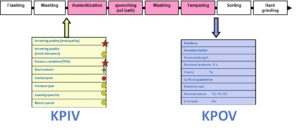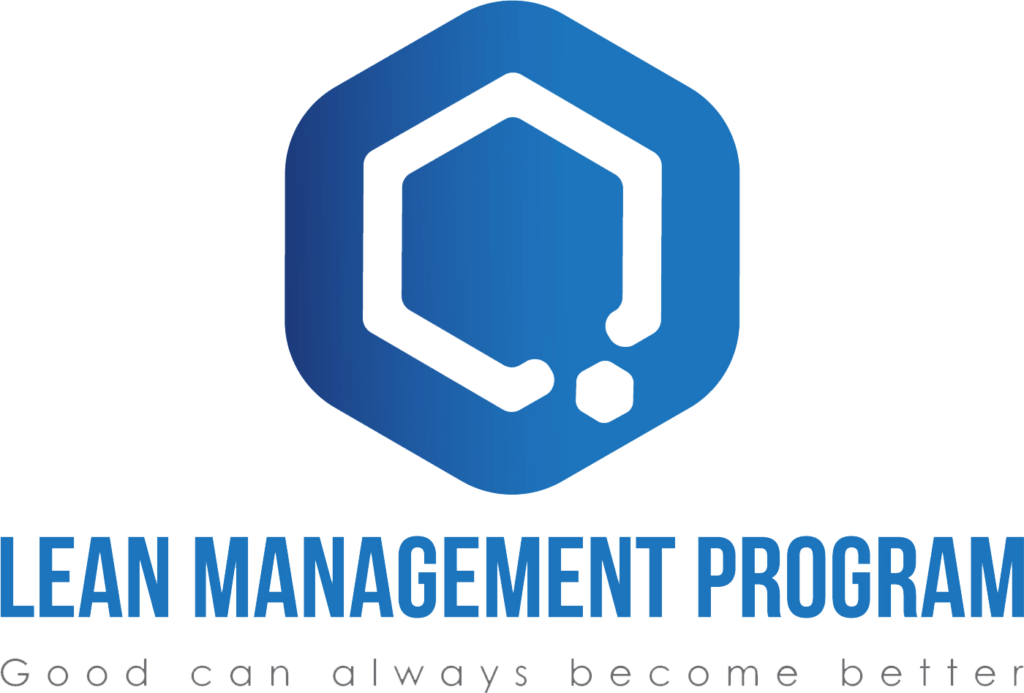Six Sigma analyse
Ingangs controles, afteken lijstjes, product uitval of reparaties zijn per definitie een verspilling binnen Lean waar soms heel veel tijd en geld verloren gaat. Six Sigma technieken helpen om alle vormen van verspillingen weg te nemen.
Six Sigma: 99,99966% goed! Ofwel 3,4 fout per miljoen kansen
Bij een goede VSM komen de belangrijkste verspillingen al gauw boven drijven. Als een proces niet onder controle is (Poka Yoke) dan moet je tegenmaatregelen treffen. Vaak worden dan allerhande controles verzonnen waarbij sommige mensen zelfs full time mee belast zijn. De ene verspilling wordt zodanig vervangen door de volgende verspilling. Maar ook product uitval of vertraagde proces tempo zijn evengoed belangrijke aandachtpunten binnen Lean.
Het wegnemen van de z.g.n. “Root cause” ofwel de werkelijke oorzaak opsporen, is geen gemakkelijke opgave. Zeker als een verspillingen helemaal niet meer wordt gezien als zodanig!
Six Sigma bied een aantal zeer geavanceerde gereedschappen om de zogenaamde “Key Process Input Variabelen” (KPIV) te kunnen koppelen aan de “Key Process Output Variabelen” (KPOV). Immers als we begrijpen wat het verband is tussen beiden, dan zijn we ook in staat niet alleen het proces meer betrouwbaar te krijgen, maar kunnen we ook dit proces zodanig aanpassen dat bijvoorbeeld materiaal verbruik wordt verminderd door naar de onderkant van het proces te sturen.

Voor een proces analyse wordt gebruik gemaakt van zowel eenvoudige als meer complexe tools. Daar zien we ook verschil in terug tussen een z.g.n. Green belt en een Black belt opleidingen.
De volgende voorbeeld gereedschappen worden daarbij gebruikt:
| Green Belt | Black Belt |
| Isikawa | DOE |
| SIPOC | Gage R&R |
| FMEA | Capability |
| 5 times why | Graphical analysing |
| Pick chart | Hypothesis test |
| CT matrix | ANOVA |
| Pareto | Correlation and Regression |
| DMAIC | Full Factorial |
Het opzetten van een goede Six Sigma project vereist vaardigheid. Inzet van de juiste gereedschappen voor een juiste probleem analyse is vaak lastig. Six Sigma gereedschappen kunnen een hoop inzicht geven en vooral de vele onnodige Trail & error proeven voorkomen die tijd en geld verslindend zijn.

Een goede aanpak bespaard veel geld en tijd. LMP deskundigen ondersteunen jou bedrijf om complexe problemen op te lossen.
